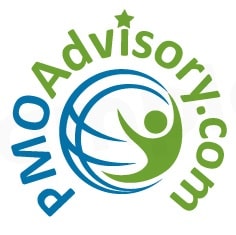We recently came across a great article, “Connect Agile Teams to Organizational Hierarchy“, written by Pieter van der Meché and Jutta Eckstein for InfoQ. Meché and Eckstein brilliantly say: “Many agile teams suffer from the mismatch of agile and organizational leadership with the latter being reflected by the organizational hierarchy. Based on self-organization and iterative processes the teams run into trouble with the top-down steering of their environment. Consequently, very often agile proponents believe that a supportive agile organization should be structured without hierarchies. This is the reason why several companies in the agile field experiment with different organizational structures. Yet, this is not an option for all organizations.
Especially large corporations that exist for many years will not be easily turned into a hierarchy-free organization. Maybe there are only a few agile teams or projects and maybe there is only one department affected by the agile transition. And although over time an agile transition will affect other areas, like finance or sales, it is not very likely that corporations like GE or Siemens will as a whole adhere to agility if it implies they should get rid of their hierarchies. Although there are already several great examples for agile organizations, those neither have a long-lasting history like GE nor are they of a comparable size. This leaves –at least at first sight– the following options:
- Ignore the large corporations or implement agile in such an environment only at the team, project, or program level. Because only an agile organization allows the nowadays requested flexibility and innovative power, just wait till all of these large corporations have died off.
- Found your own organization or rather work only for small organizations without hierarchies.
- Reconsider the idea that an agile organization has to be one without hierarchies.
For a pragmatic approach we will concentrate on the latter. In this article we are suggesting to use sociocracy as a solution that leaves the hierarchies in place yet still allows acting in an agile way.” Do you want read more? Click here to continue reading.
 PMO Advisory Introduces Mega Bootcamp for PMI Certifications including PfMP, PgMP, PMI-ACP, PMI-RMP, PMP, and CAPM
PMO Advisory Introduces Mega Bootcamp for PMI Certifications including PfMP, PgMP, PMI-ACP, PMI-RMP, PMP, and CAPM

